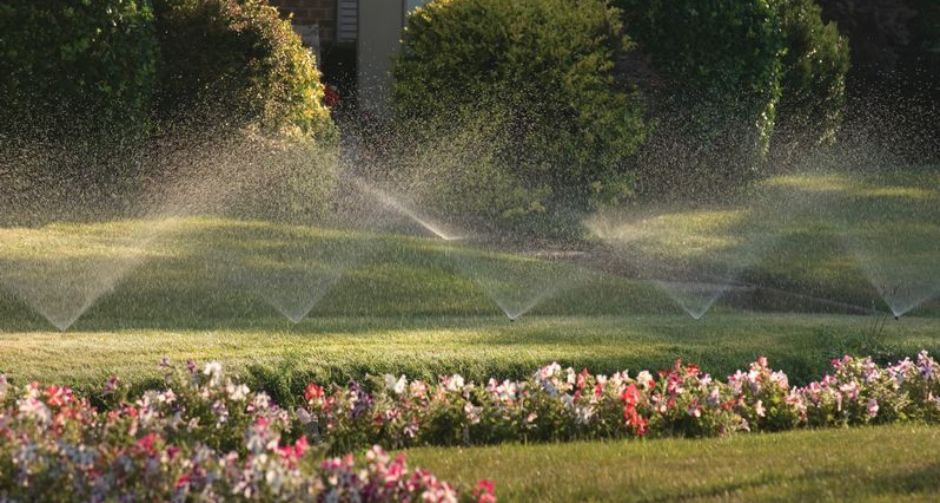As winter approaches, preparing your in-ground sprinkler system is crucial to avoid damage from freezing temperatures. This guide will explore various strategies and options for effectively winterizing your sprinkler system, ensuring its longevity and performance.
The Importance of Timely Winterization
Winterizing your sprinkler system is a proactive measure to prevent potential damage caused by freezing temperatures. The process involves steps to ensure that the pipes, especially those made of Polyurethane and PVC, do not freeze and break. This preventative action not only saves money in potential repairs but also maintains the efficiency of your system for the following spring and summer.
Pipe Materials: Polyurethane and PVC
Sprinkler systems typically use two types of pipes: Polyurethane and PVC. While Polyurethane pipes are more durable, both types are susceptible to damage from freezing. Understanding the material of your pipes is essential in determining the right winterization method.
Professional Winterization: The Safe Choice
Hiring professionals for winterization is often recommended. This process involves using an air compressor to “blow out” remaining water from the pipes, a task that can be hazardous for untrained individuals. Professionals can ensure a thorough and safe winterization, preventing accidents and potential damage to the system.
DIY Winterization: Steps and Precautions
For those who prefer to winterize their system themselves, it’s vital to follow the manufacturer’s guide closely. DIY winterization typically involves:
- Shutting off the water supply to the system.
- Draining water from the pipes, either manually or using an air compressor.
- Insulating above-ground components.
- Checking and securing all valves and backflow preventers.
While DIY can be cost-effective, it requires caution and a good understanding of the system to avoid accidents and ensure proper winterization. Take care when attempting this yourself. Check the service manual for your system and follow the steps it recommends to the letter.
Additional Winter Preparedness for Non-Irrigated Systems
For homes without an irrigation system, winter preparation includes:
- Draining and storing hoses.
- Turning off and draining outdoor water sources.
- Protecting exterior pipes and faucets from freezing temperatures.
These steps help prolong the life and functionality of your outdoor water systems.
Conclusion: A Wise Investment for Long-Term Savings
Proper winterization of your sprinkler system, whether done professionally or as a DIY project, is a wise investment. It not only prevents costly repairs but also ensures that your system is ready to perform optimally in the warmer months. By understanding the process and choosing the right approach for your needs, you can effectively protect your irrigation system against winter’s harsh conditions.
You can get a free estimate from the best fence company around today. However, if you want to do the job yourself, be sure to follow the sprinkler system’s manufacturer’s guide.
If you don’t have an irrigation system, be sure your hoses are drained, rolled up, put away, and your sprinklers are stored for winter. Turn off all sources of outside water and drain exterior pipes. Your pipes, faucets and hoses will last much longer when properly maintained.

